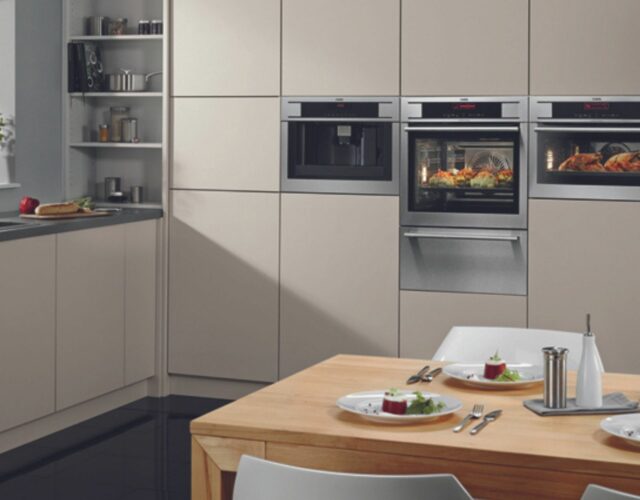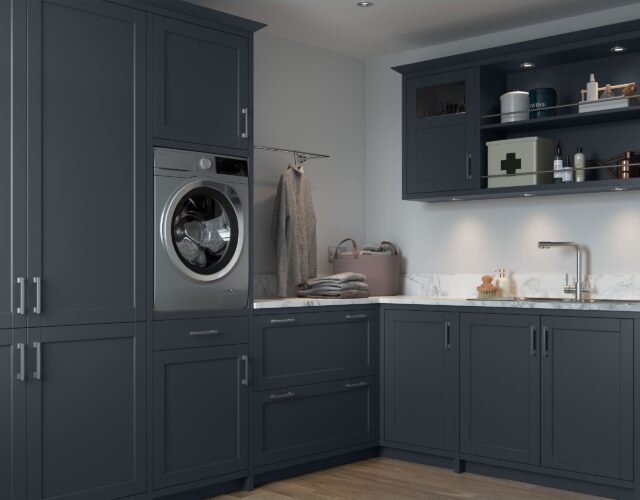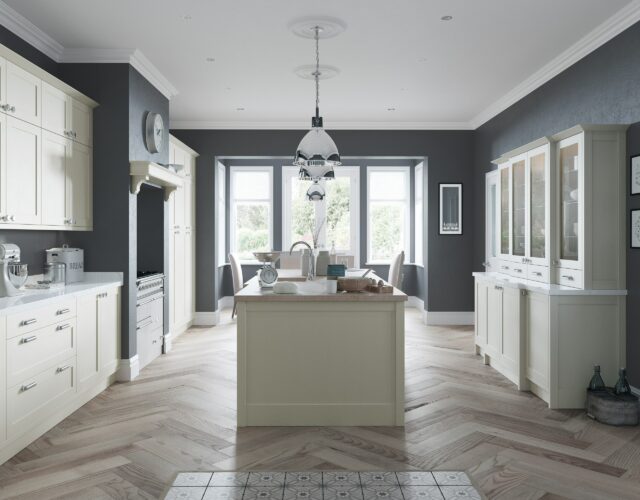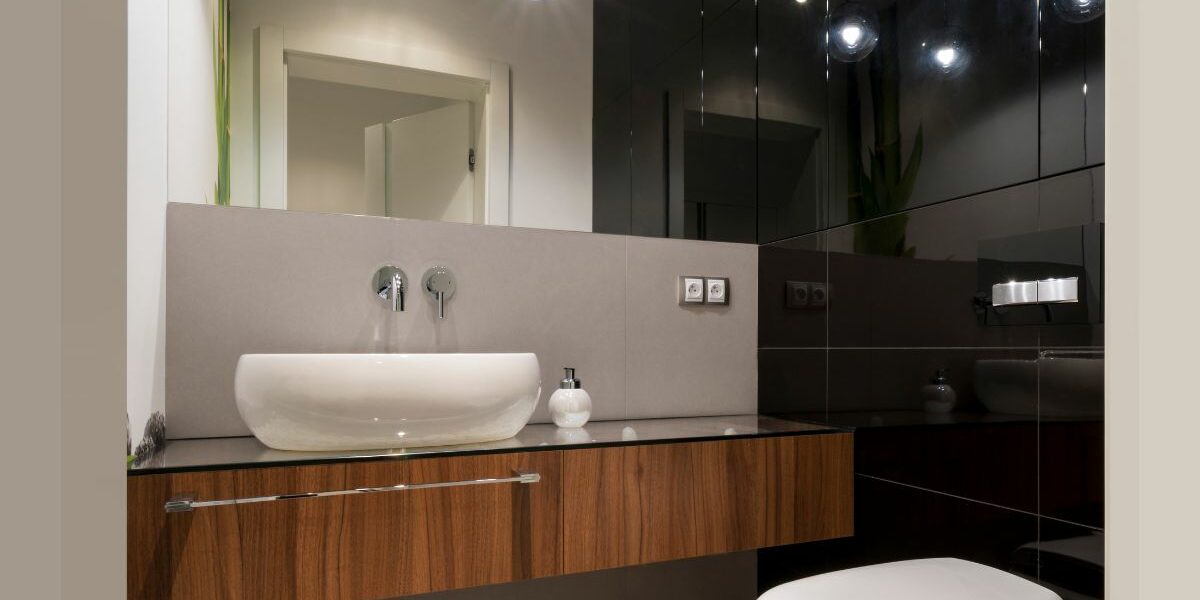

By Peter
How Much Does A Cloakroom/Downstairs Toilet Cost? Things To Consider When Undertaking A Cloakroom Renovation
Downstairs toilets or cloakrooms, as they’re often referred to, can make a fantastic addition to any home. They are highly convenient, saving you and your guests from queuing up for the bathroom or traipsing upstairs throughout the day. Plus, studies have shown they can even add 5% to the value of your property. If you’re considering creating a cloakroom or updating your existing space, you’ll no doubt be wondering what’s involved and how much to budget. And so, without further ado, here’s our guide to the costs and considerations associated with installing or refurbishing a downstairs toilet…
How Much Does It Cost To Add A Downstairs Toilet?
If you’re starting from scratch, you can expect to pay between £8,000 to £12,000 and upwards for a new, ready-to-use cloakroom. This price includes plumbing, electrics, erecting stud walls, plastering, tiling, and decorating — in short, everything you need to transform your space. Bear in mind this price can vary significantly depending on the size of the room, the range of products you select, and several other factors, which we will explain below.
Here at Ream Interiors, we can manage everything for you, so you needn’t worry about sourcing materials, tradespeople, building regs, or anything else. We also offer honest guidance regarding budgets to ensure you get as much out of your project as possible. If you decide to undertake the job yourself, you will need to oversee a range of elements, all of which will contribute to the total cost of your project. Below, we’ve outlined several factors you will need to consider.

Where To Put Your Cloakroom
First off, you’ll need to decide where to position your new cloakroom. The easier it is to connect to your mains water supply and soil pipe, the less expensive your plumbing will be. Running services like water and electricity to your space may also involve disturbing other rooms, adding to the cost of your project. If you can’t access your mains plumbing or soil pipe, you should be able to install a Saniflo (macerator) system.
Understairs spaces are a popular place to install a WC. However, if your fuse board is here, it will need to be moved, again increasing costs. Alternatively, you may be able to section off a space next to your kitchen or hallway. We highly recommend discussing where to position your new cloakroom with a certified professional to ensure you find a safe and cost-effective location.
Building Regulations – Your downstairs toilet no longer needs to be separated from your kitchen by at least two doors. It can adjoin your kitchen provided you install a basin suitable for washing your hands. You must also install adequate ventilation, either an extractor fan that removes 15 litres of moisture per minute or a window that opens more than 15 degrees. Furthermore, some councils require new downstairs bathrooms to be wheelchair accessible. And while you shouldn’t need planning permission, you may need to get a building control completion certificate.
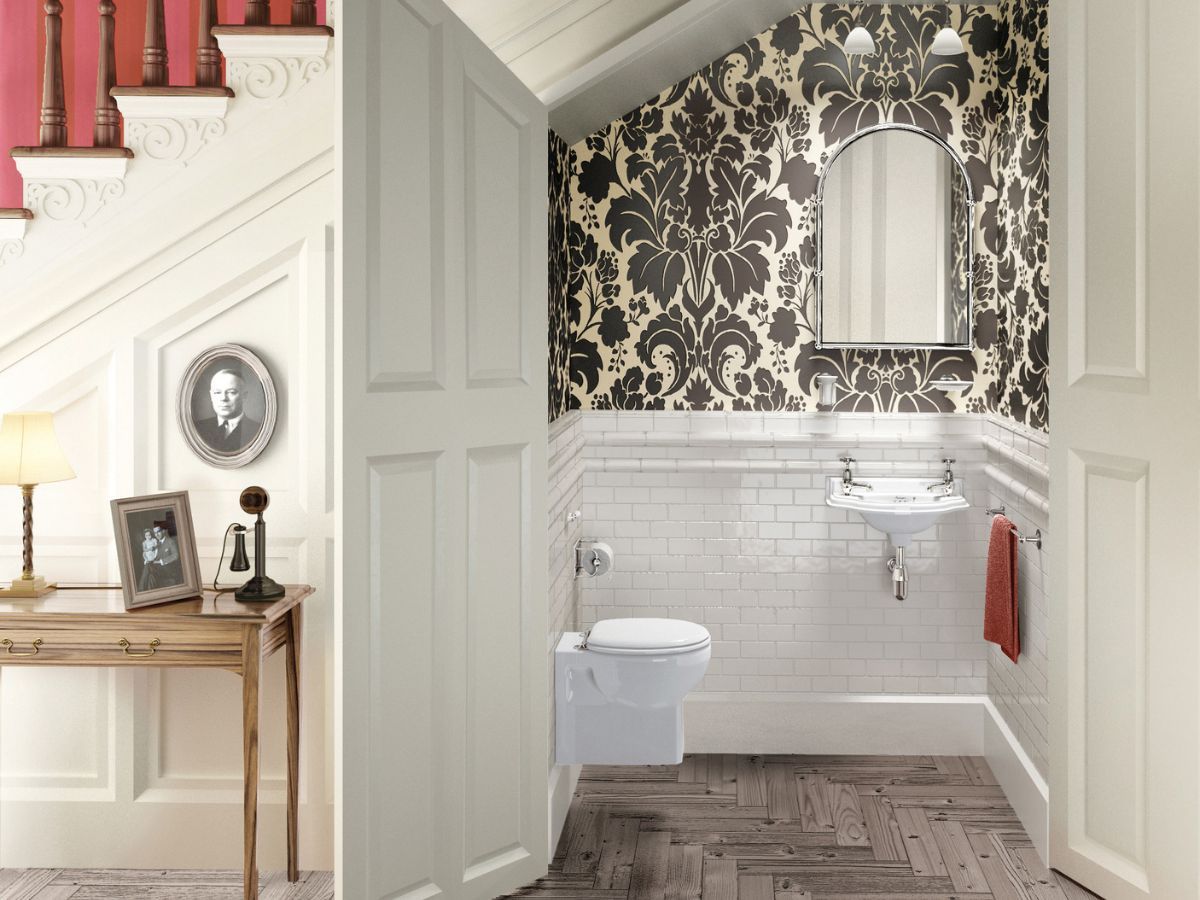
Plumbing
As mentioned above, the complexity and costs involved in plumbing in your new cloakroom can vary dramatically depending on the proximity of your new toilet to existing services. You’ll also need to consider whether you want a close-coupled toilet, a back-to-wall toilet, or a wall-hung design. And whether you prefer a traditional sink with a pedestal or a sophisticated, space-saving basin with a stylish waste and hidden pipework. Your design choices could make a significant difference to the price of your project. Bear in mind labour will account for much of the overall cost.
Lighting
In a small space such as a cloakroom, effective lighting is essential. You’ll need a qualified electrician to install your ceiling lighting. You might also want to enhance your bathroom design with attractive wall lights or an illuminated mirror.

Ventilation
Adequate ventilation is required by law, so you’ll need to account for this in your budget. You may want to install a window, which has the added benefit of providing great natural lighting. This could cost anywhere between £500 to £1,200. Alternatively, you will need a qualified electrician to install an extractor.
Heating
Often situated against outside walls to accommodate plumbing and ventilation, downstairs toilets can get pretty chilly in the colder months. To ensure your cloakroom is comfortable to use, you may want to consider installing heating. Electric or central heating towel rails and underfloor heating are excellent options for small spaces.

Decorating
Whether you’re planning to experiment with bold patterns and colour or keep it simple and neutral, plenty of different options are available when it comes to putting the finishing touches on your new cloakroom.
Tiles and panelling are popular choices, not just because of their stunning looks. They will help protect your surfaces and ensure your space is easy to clean. You’ll probably also want to paint your walls and ceilings and install practical and stylish flooring such as laminate, tiles, engineered hardwood, or linoleum. Bear in mind that tiles, wallpaper, flooring, and paint can all significantly vary in price.
While experienced DIYers can do some of the decorating themselves to reduce costs, they may struggle to achieve the professional finish they’re looking for. Doing the work yourself will also increase the time it takes to complete your project, as elements like flooring and tiling will need finishing before your basin and toilet are plumbed in.

How Much Does It Cost To Refurbish An Existing Cloakroom?
From erecting walls to laying new pipework and electrics, building a brand-new cloakroom is, of course, much more expensive than refreshing your existing space. That being said, the cost of a cloakroom refurbishment will vary depending on the amount of work required and the type/quality of products you would like to fit.
Simply refreshing your existing services will start at around £2,000 with a new WC, basin, taps, and waste. You will need to factor in the cost of labour and disposal of your old products.

Other Considerations
• Replacing your cloakroom furniture isn’t necessarily as simple as just swapping the old for the new. Removing your current facilities may reveal gaps in your flooring or tiling, which the new products might not cover. These will need rectifying.
• If you would like a different layout, you may need to reconfigure your plumbing which will add to the cost.
• Removing or replacing tiling can be fairly labour-intensive and may involve replastering your walls.
• Provided you don’t already have heating, installing a new radiator or underfloor heating will either involve taking up your floor or enlisting the help of an electrician.
• Enlisting an electrician to help update your lighting, extraction system, or heating will add to the cost of your project.
• From a simple lick of paint to retiling and installing new flooring, the cost of your project will vary depending on how much redecorating you have planned.
Although your cloakroom or downstairs toilet is only a small room, there are plenty of factors to consider both financially and logistically. If you would like to discuss your plans with our expert team, we are more than happy to help. Please call us on 01634 799 909 or email design@ream.co.uk.


